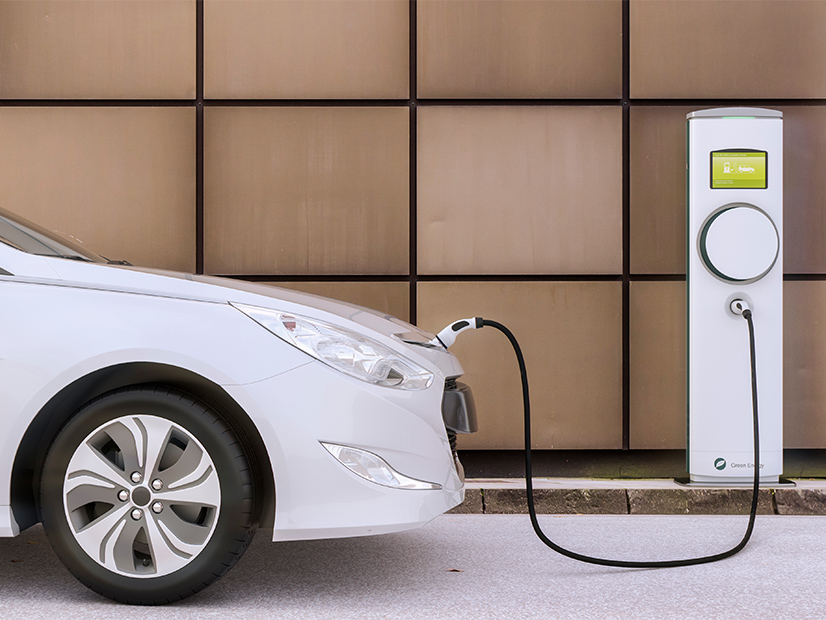
The Federal Highway Administration on Wednesday announced key details of its effort to create a national electric vehicle charging network, including minimum standards for federally funded projects and an implementation plan for domestic content requirements for chargers.
Also Wednesday, the White House announced that major players in the EV industry would undertake an extensive buildout of chargers, and that Tesla would make part of its U.S. Supercharger network open to all EV brands for the first time.
A nationwide charger network is critical to ease a key barrier to widespread public acceptance of EVs — range anxiety, the fear of running out of power mid-journey.
The U.S. Department of Transportation has begun a $5 billion effort to counter this concern and encourage EV adoption: NEVI, the National Electric Vehicle Infrastructure program. (See US Completes Review of State EV Charging Plans.)
The rules announced Wednesday include, but are not limited to, NEVI-funded chargers and represent a step toward standardization. They are designed to create a more uniform experience for the EV-driving public, with consistent plug types and charging speeds; common payment systems; and accessible information on location, pricing and availability. Requirements for 97% uptime reliability and future compatibility will be imposed.
This sets the stage for municipalities, states and tribes to apply for the first round of $2.5 billion in competitive funding for charging stations under the Build America, Buy America Act.
The Biden Administration is working to create a national network of 500,000 EV chargers to support a goal of at least 50% of new car sales being EVs by 2030. It says there are now more than 3 million EVs on the road and more than 130,000 public chargers.
The latter number will get a bump from companies including Tesla, General Motors, EVgo, Pilot, Hertz and BP, with the White House announcing Wednesday that they would expand their public charger networks by thousands of plugs over the next two years.
Tesla has built a proprietary network of chargers compatible only with its own vehicles, though Tesla drivers can use many non-Tesla chargers with an adapter.
Under the agreement announced Wednesday, the company will make at least 7,500 Supercharger and Destination Charger stations available to non-Tesla EVs by the end of 2024. At least 3,500 will be along highway corridors. Tesla will also more than double its network of Superchargers.
In addition to Tesla’s efforts:
- Hertz and BP are building a national network of chargers at Hertz locations, some of which will be large-scale gigahubs. Hertz wants to make a quarter of its rental fleet electric by the end of 2024, and BP plans to invest $1 billion in U.S. EV charging by 2030.
- Pilot, GM and EVgo are building a network of 2,000 350-kW fast chargers, the first 200 of which will be online later this year.
- TravelCenters of America and Electrify America plan approximately 1,000 chargers at 200 locations.
- Mercedes Benz, ChargePoint and MN8 Energy plan more than 400 charging hubs with more than 2,500 public DC fast charging ports across the U.S. and Canada.
- GM and FLO plan to install up to 40,000 Level 2 chargers in communities by 2026 through GM’s Dealer community Charging Program.
Some of these plans had been announced previously.


